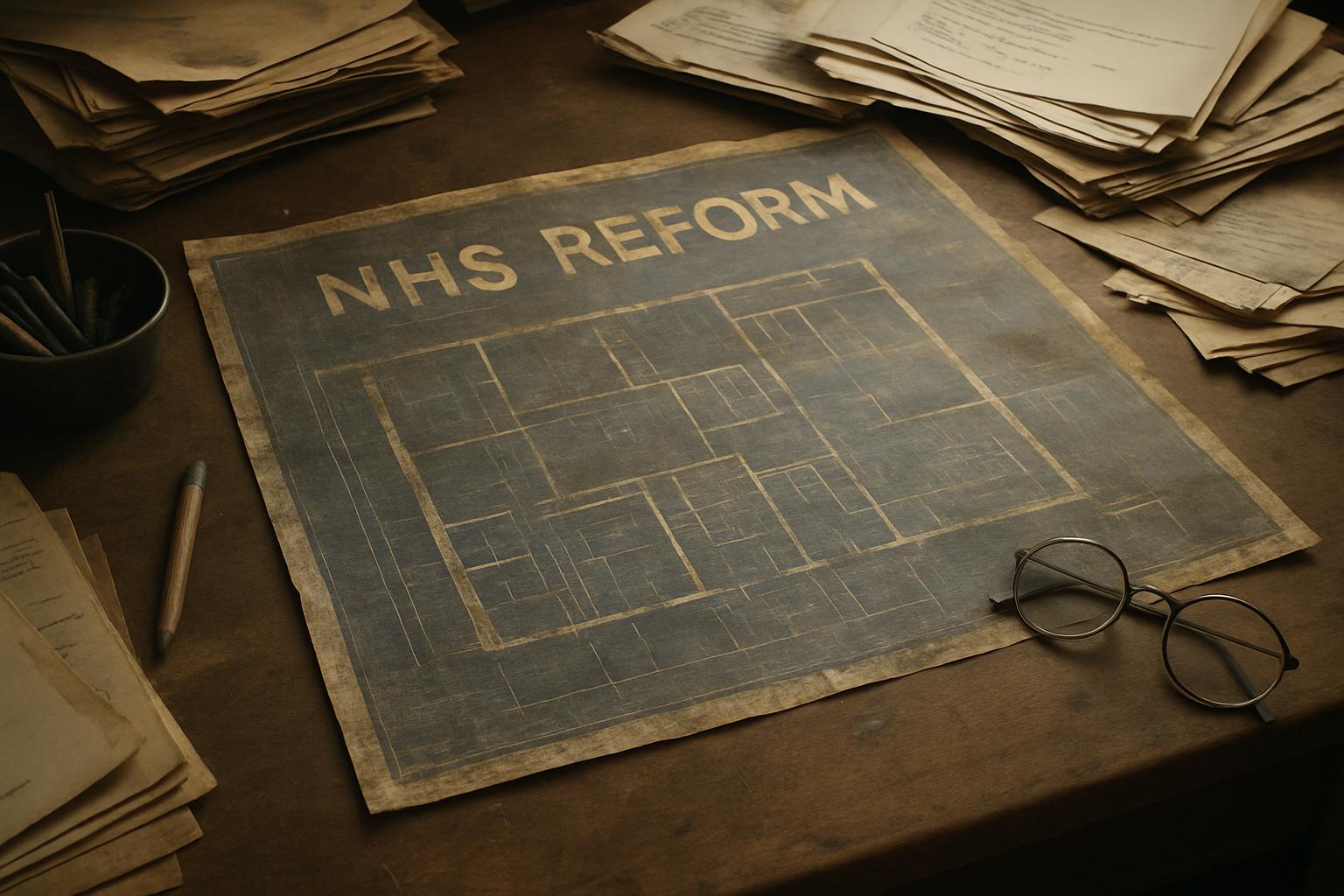Plans to abolish NHS England, announced by Prime Minister Sir Keir Starmer in March 2025 as part of an effort to cut bureaucracy and save hundreds of millions of pounds, are reportedly faltering amidst significant challenges. The initiative aimed to dismantle NHS England, described by Starmer as the "world’s largest quango," arguing that it duplicated functions carried out by the Department of Health and Social Care (DHSC). The proposed closure was expected to lead to the loss of nearly 10,000 jobs and redirect administrative savings towards frontline care, including reducing hospital waiting times and hiring more staff. However, the process to absorb NHS England into the DHSC, initially projected to take two years and targeted for completion by October 2026, is now facing a protracted timeline due to financial and legislative obstacles.
A major hurdle in this restructuring is the "eye-watering" estimated cost of redundancy payments, around £1 billion. Government reluctance, particularly from the Treasury, to allocate additional funds for these costs has resulted in a financial impasse. NHS officials have indicated they cannot cover this expense within existing budgets. This funding shortfall has contributed to delays in the transfer of staff and responsibilities, leading to a lack of parliamentary time to pass the necessary legislation. As a result, the process has been reframed as a more "gradual, managed" transition rather than the swift overhaul originally envisioned. Sir Jim Mackey, chief executive of NHS England, told staff that there is now no urgency to move employees into new DHSC roles, highlighting a shift toward a slower, more controlled approach over the next couple of years.
The uncertainty surrounding the reform has led to disquiet among NHS staff and unions. Jon Restell, chief executive of the Managers in Partnership union, representing NHS England staff, criticised the government's handling as "wishful thinking" and "confusing," contributing to staff distress and sickness absences. He warned that key NHS England functions, including digital development, could suffer or even collapse if experienced personnel leave for more secure employment. Similarly, healthcare leaders emphasise the need for stability and clear communication to maintain morale and ensure progress in improving NHS performance and efficiency. Matthew Taylor of the NHS Confederation remarked that reform implementation is hampered by unresolved questions over redundancy funding, with instability risking distraction from urgent priorities such as reducing waiting lists.
Originally set to be abolished by October 2026, recent reports suggest that the government is unlikely to introduce the necessary health legislation until spring 2026, with parliamentary passage possibly extending into late 2026 or early 2027. This delay could prevent NHS England’s dissolution by the target date of April 2027, effectively postponing the intended streamlining of the NHS governance structure. Despite these setbacks, a Department of Health and Social Care spokesperson reaffirmed the government's commitment to abolishing NHS England, claiming that doing so will reduce bureaucracy, enhance democratic control over the NHS, and channel millions of pounds into frontline services to improve waiting times and access to general practitioners.
This proposed abolition builds on the 2012 Health and Social Care Act reforms, which created NHS England as the NHS Commissioning Board, replacing Primary Care Trusts and Strategic Health Authorities. These earlier reforms were also associated with significant restructuring costs and controversy over organisational efficiency. The new plan reflects a continuing ambition to integrate NHS management more closely within the DHSC, following a broader trend towards sustainability and transformation plans and integrated care systems introduced since 2016 to promote collaborative healthcare provision across England.
The intended benefits of the reform are to reduce duplicated administrative tasks and improve the NHS’s responsiveness and efficiency. Yet, there remain concerns about the practicalities of such a large-scale overhaul amid existing pressures on NHS services, including access issues at GP surgeries and escalating patient waiting times. With reform now slowed and financial constraints unresolved, health leaders and staff alike are calling for greater clarity and support to successfully navigate these complex changes while maintaining frontline care quality.
📌 Reference Map:
- Paragraph 1 – [1], [2], [6]
- Paragraph 2 – [1], [6]
- Paragraph 3 – [1]
- Paragraph 4 – [1]
- Paragraph 5 – [1], [4], [5], [6]
- Paragraph 6 – [1], [3], [6]
Source: Noah Wire Services
